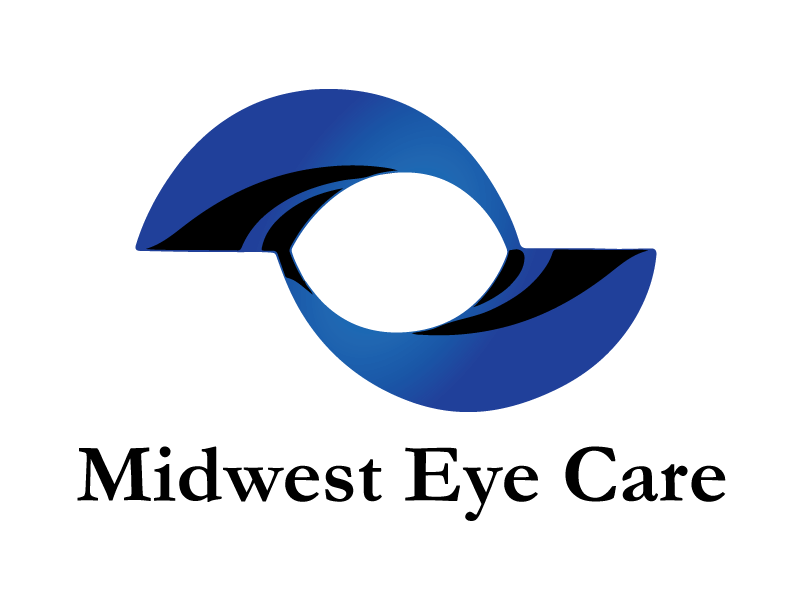While certainly not the most serious, ‘dry eye’ is one of the most common problems we hear from our patients. A normal functioning eye produces lubricating tears at a slow, steady rate during waking hours. Natural tear film is produced continuously and includes three components: an oily substance secreted by the meibomian glands in the eyelid, tear fluid (essentially water) produced by the lacrimal gland within the eyelids, and mucinous (sticky) fluid produced by conjunctival cells located inside your eyelids. With a proper balance of these three components, the tear film lubricates your eyes, nourishes your cornea, and then evaporates or is drained into the nose via the tear ducts.
If these tears aren’t being produced correctly, you may suffer from stinging or burning, scratchiness or grittiness, excess tearing, stringy mucus in or around the eyes, eye irritation from smoke or wind, and/or difficulty wearing contact lenses. If a patient consistently experiences dry, burning or irritated eyes, they may be diagnosed with dry eye syndrome.
Many patients are surprised to find that excess tearing is a symptom of dry eye syndrome. If your eyes are not producing the correct combination of tear fluids, your eyes feel irritated. When the nerves in your eye transmit this irritation, your lacrimal gland responds by over-producing tears to alleviate the irritation. The tears are produced at a faster rate than they can be drained through the tear ducts, giving the appearance that you are crying.
Dry eye has many causes. Tear production decreases as we age, particularly for post-menopausal women. Allergies, arthritis, wind exposure and extensive computer use can also cause dry eye, and many prescription and over-the-counter medications can reduce tear production. While some of these medications can’t be avoided – such as diuretics, betablockers, antihistamines and pain relievers – your eye doctor may be able to help you minimize the dry eye condition.
Menopause
 A study published in November 2001 in the Journal of the American Medical Association showed a relationship between hormone replacement therapy and dry eye syndrome. The study suggested that women who use hormone replacement therapy (HRT) are at an increased risk of developing dry eye syndrome over women who do not use HRT.
A study published in November 2001 in the Journal of the American Medical Association showed a relationship between hormone replacement therapy and dry eye syndrome. The study suggested that women who use hormone replacement therapy (HRT) are at an increased risk of developing dry eye syndrome over women who do not use HRT.
This four-year study was conducted at Brigham and Women’s Hospital in Boston, and researchers looked at data from over 25,000 post-menopausal women. The study suggests that of the 38% of post-menopausal women who use HRT, those taking estrogen alone had 66% to 70% higher risk of developing dry eye syndrome than women who had never used HRT. Women on a combination of estrogen and progestin had a 30% higher risk of developing dry eye syndrome than women who had never used HRT.
Since the relationship between HRT and dry eye syndrome is not well understood, additional research is still needed. However, this study does suggest that women who are considering HRT should be informed of the possibility of developing dry eye syndrome while on this treatment regimen. Even without HRT, women have more problems than men with dry eyes, these problems become more common as we age, and certain diseases and medications can make these symptoms worse.
Treatment options
During an eye exam, in addition to examining your eyes to assess the symptoms of dry eyes, your doctor can perform specific tests to gauge tear production. He or she may recommend over-the-counter artificial tears or ointment. In most cases, the doctor will recommend that the tears or ointment be used several times a day.
If tears alone will not alleviate the condition, your doctor may insert temporary or permanent plugs in the channel in the eye where tears normally drain. These plugs, called punctum plugs, cause tears to pool in the lower eye and help lubricate the eye when you blink.
In late December 2002, the FDA approved Restasis™ for the treatment of dry eye syndrome. Restasis is the first medication that appears to alleviate the inflammation of the tear film and glands – thought to be a cause of some types of dry eye syndrome – based on a clinical trial of 1,200 dry eye patients. Our early experience with Restasis has been mixed. Patients generally do not see improvement in their condition until they have used Restasis for approximately 60 days, and some of our patients have not responded to the medication. However, over half of our patients find that Restatis resolves nearly all of their long-standing dry eye complaints. Because there are no similar medications to Restasis, the medication is quite expensive.
The company that manufactures Restasis hosts an informational website at Restasis.com for consumers and providers. The website also offers the option of joining an e-mail news list for Restasis information and special offers.

